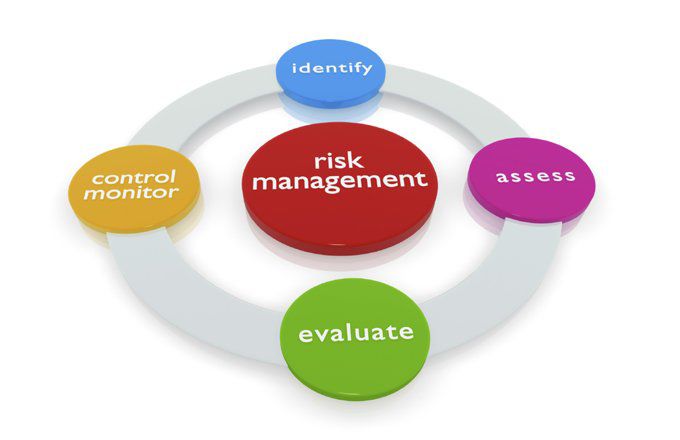
7 Habits of Highly Successful Traders
The seven habits of highly successful traders are outlined in Steven Covey’s well-known book “The Seven Habits of Highly Successful People.” The book says that the people who trade on the stock market succeed by following certain routines. It is impossible to achieve success solely through luck. Discipline and skill are required. If you act in a certain way and approach, you can act like a professional trader. Seven habits of highly successful stock market traders are outlined in this article.
Passion and humility
Passion and humility are essential for success in the stock market. Understanding that trading is a serious business that demands constant improvement requires passion. When a trader is enthusiastic, he will try to learn new skills that will help him succeed. In the market, however, humility is just as important as passion. Realizing that you will always be a market student and that the market can always surprise you is easier when you are humble. Therefore, being a successful stock market trader requires a combination of humility and enthusiasm.

Discipline
One of the most important aspects of being a successful trader is discipline. A trader must adhere to strict guidelines and maintain a stop loss at all times. In the long run, traders who adhere to a set of rules prevail over those who rely on luck. Discipline will help you book profits on time and safeguard your capital. Profit will follow your trading journey if you can adequately safeguard your capital.
Keep Realistic Expectations and Be Optimistic
The only way to succeed as a trader is to maintain a positive attitude. Even in the most difficult trades, you have to be a believer and always look for a way out. He must remain optimistic while maintaining realistic expectations. You will have good days as well as bad days when you make a lot of money. You need to be able to adjust your expectations in light of those occurrences and keep a positive outlook throughout the market.
Learn, persevere, and be patient
A good trader is one who is willing to learn from his mistakes. Trading requires mistakes to be made, but it is important to learn from them. Smart traders make quick amends for their errors. Also, once you have a trading plan, learn to be patient and stick with it. To become a successful trader, you will need to be patient and persistent.
Risk Management and Capital Protection

Nothing can stop a trader from succeeding if he or she is well-versed in the art of risk management. Priority should be given to risk management, followed by profits. Never lose sight of the fact that the markets control the returns, not you. However, you are in charge of risk management and capital preservation. You will be able to trade with a good risk-to-return ratio if you define your risk per transaction.
Never Panic
A good trader maintains his composure and never panics. Disciplined traders who know how to carry out their plans will never panic in any circumstance. You will have a better chance of succeeding in the market if you avoid panic. Keep in mind that market returns are limited, and if you panic, you will miss out on opportunities to participate in the market.
Trading is not Gambling
Many people compare stock market trading to gambling. The reality, however, is different. A good trader will stick to his plans and only take risks he can control. He will never buy random stocks to gamble blindly. A skilled trader first comprehends the market situation before calculating the likelihood of success for his trading strategies. The journey will soon come to an end if anyone trades in the market like a gambler.
The seven habits of highly successful traders outlined above are taken from Steven Covey’s book. You still have a long way to go when you apply these rules to trading on the stock market. You could become a successful trader if you adhere to these guidelines. You learn new things every day about the stock market, which is like an ocean. Therefore, you can achieve success if you adopt the right mindset and approach.





